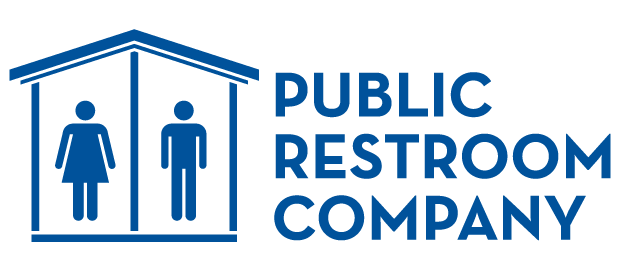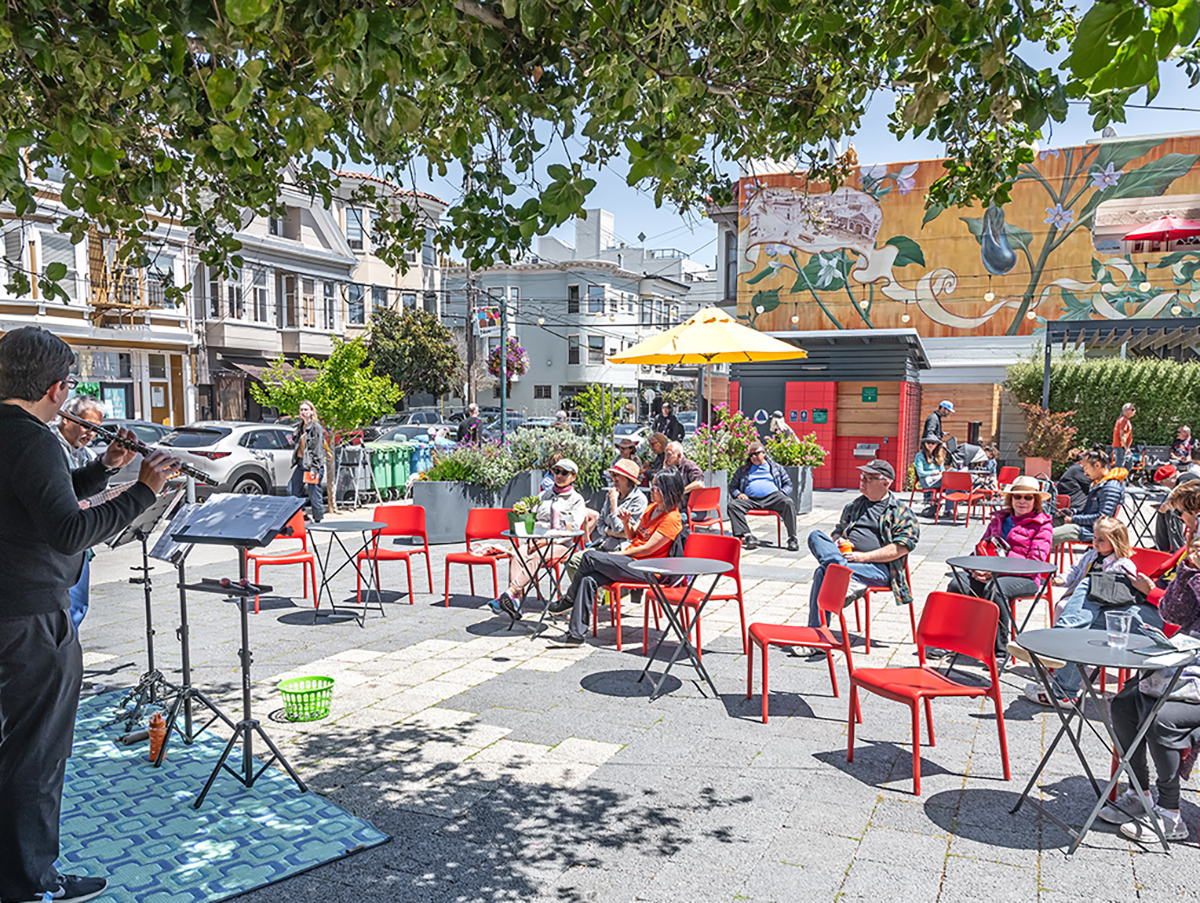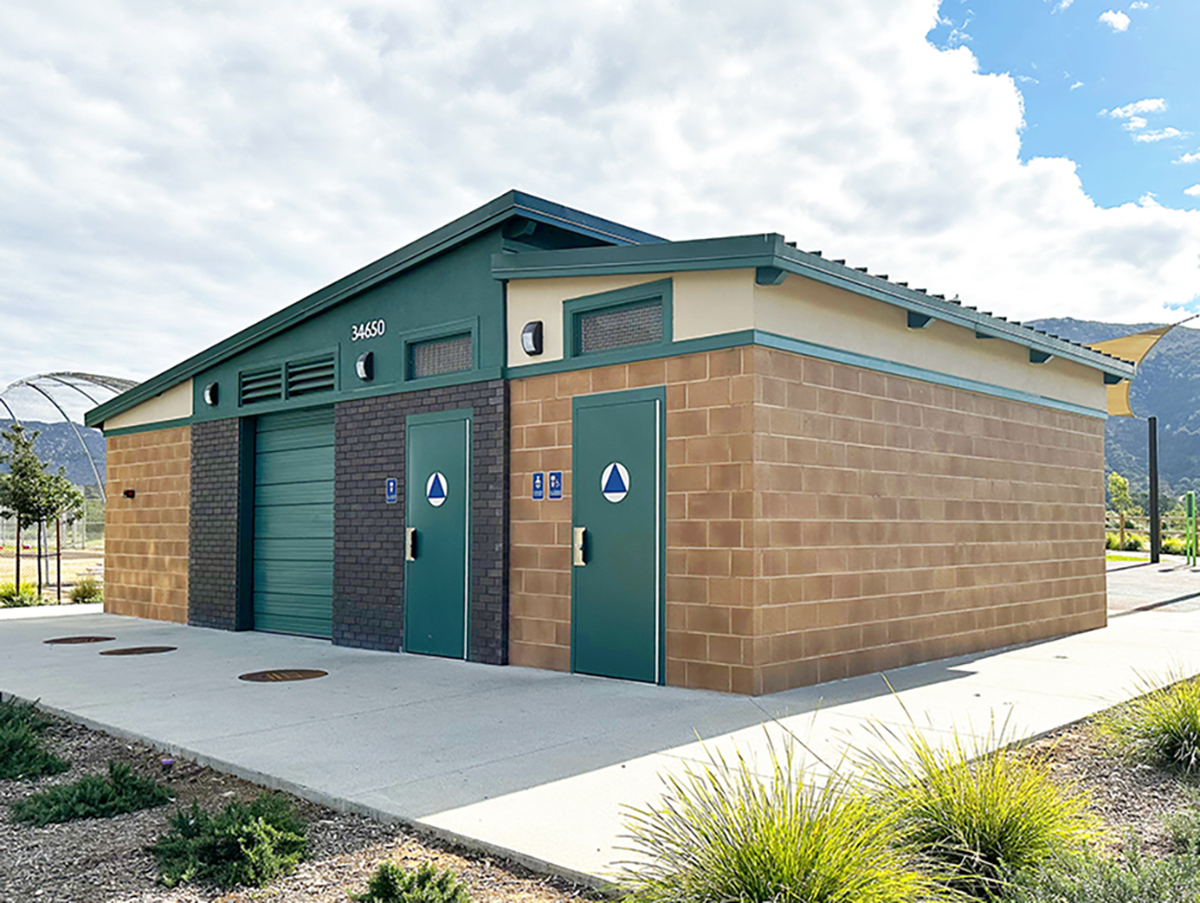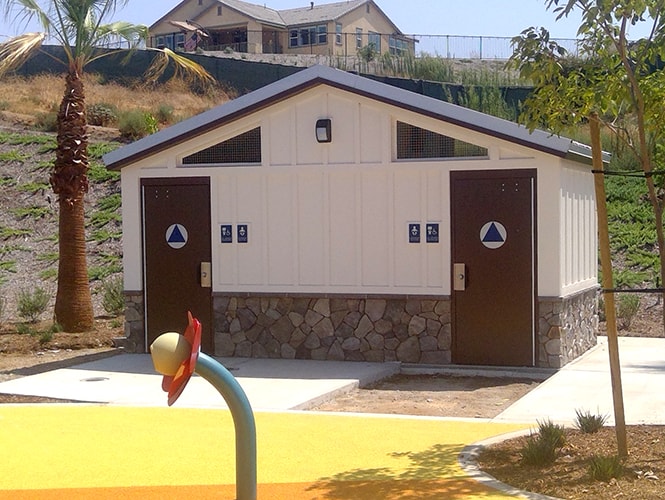
Post-Pandemic Restroom Design Considerations
Over the years, public restrooms have become a standard feature at most parks. But in a post-COVID world, several park managers and municipalities are facing an uphill battle reopening restrooms and keeping them cleaner with reduced staffing. Below is some Q&A on the best design considerations for future restroom builds.
Q: What are the two most important features to consider post-COVID?
Single-Occupant Restrooms and Air Ventilation.
A single-occupant floor plan solves the social distancing issue and provides gender-neutral restrooms at the same time. A private, non-gender specific restroom space is more inclusive to several groups: individuals with disabilities that need outside assistance, parents with children of the opposite sex, or transgender and non-binary individuals. Another benefit of single-occupant restrooms is increased security with the ability to lock the door.
Introducing fresh air into the restroom through vent screens is one of the most effective ways to provide natural ventilation and make it a safer environment. Incorporating stainless steel woven vent screens at the gable ends of the building will help reduce transmission of airborne pathogens. The lower the viral particle concentration the less chance virus particles will accumulate on surfaces and/or that restroom users will inhale them, which reduces the spread of any virus and lowers risk of exposure. So be sure that your future restroom design maximizes natural air flow with multiple vent screens. Vent screens can also provide the ability to call out for help in the event of an emergency or communicate with someone already inside.
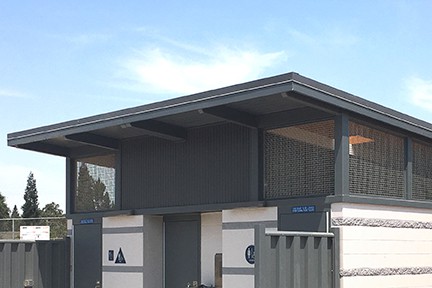
Q: What are some other important design considerations to maintain cleanliness?
If your budget allows and vandalism is not a big concern, incorporating automatic sensors over manual operation wherever possible reduces the number of surfaces that are touched. This would include soap dispensers, sink faucets, hand dryers, toilet flush systems, doors, lights, and anything requiring operation. You don’t have to include every item, but with each automatic sensor component or fixture installed, that means one less surface to clean. With reduced staffing, the less surfaces to wipe down the better—a win-win for all. You can also consider interior components and flush levers that contain anti-microbial finishes which offer some enhanced protection against bacteria transfer in between cleanings.
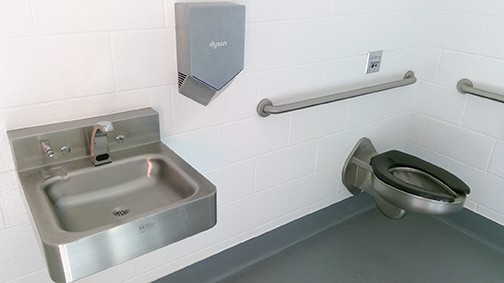
Q: How can we encourage more hand washing among park users?
One idea is placing the sink in a non-traditional location, on the exterior of the building. A positive by-product of the pandemic has been increased hand washing, but still not everyone is perfect. Traditionally sinks are located inside the building, but by placing them on the exterior, a park user can wash their hands without entering the building at all. This may encourage more people to do so and only requires some forethought during the planning phase. The exterior placement also helps prevent homeless individuals from camping out inside to use the sink.

